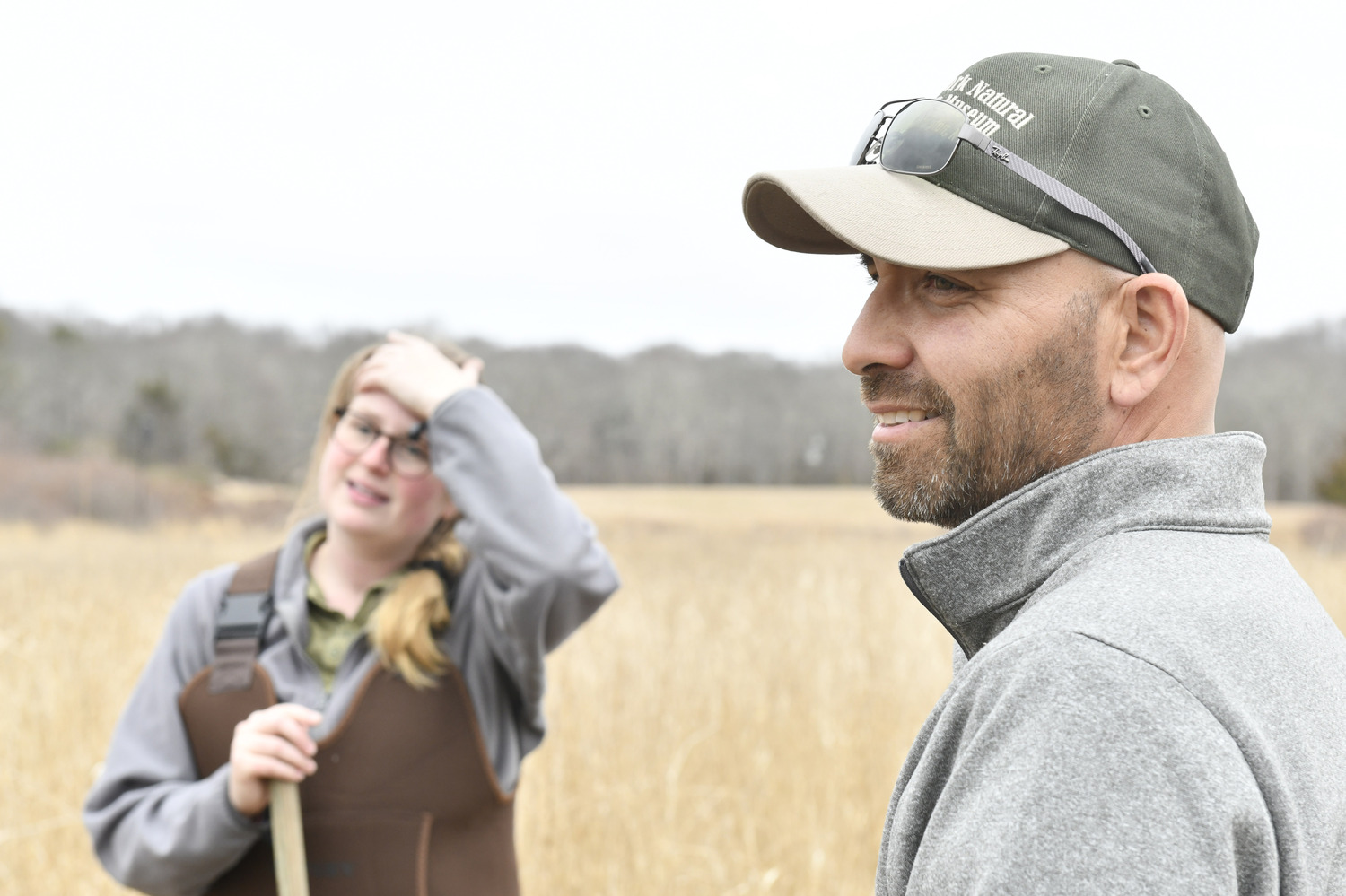
This time of year, birds aren’t exactly looking at a calendar and saying to each other, “Hey guys, it’s time to migrate.” Instead, they’re taking their cues from the diminishing sunlight, cooling temperatures, and scarcer availability of food to know when it’s time to move south for the coming winter. This is all according to Frank Quevedo, executive director of the South Fork Natural History Museum and Nature Center, for whom birdwatching is a passion. Quevedo spoke with Express Magazine about current trends in fall bird migration.
Q. We all learned in elementary school that birds fly south for the winter. How accurate is that? Is it always going to be “south”?
A. Yes. South. Not all birds migrate south for the winter — we have resident, year-round birds that don’t migrate — but the ones that have to migrate are the ones who rely on insects to feed on. They’ll migrate to Florida, Central America and even South America [for food]. They’re not breeding when they’re moving south. They’re just moving south to survive the cold conditions in the north.
Q. Can you elaborate on the year-round bird population?
A. The birds that stay can rely on finding berries and other food that’s here it the winter. Birds such as cardinals, blue jays, crows, red-tailed hawks, sparrows, the American robin, these birds stay here during the winter. Under leaf litter, there’s food availability. If it’s cold and there are leaves on the ground, they can move leaves to get to the invertebrates and insects that live under the leaves. They don’t have to migrate as much as other birds, like shore birds that rely on marine invertebrates in sand flats.
Q. What species of birds are we going to start seeing in the sky?
A. The shorebirds have been on the move since the middle of June. This time of year, as we start getting cold fronts and northwest winds bringing cooler temperatures, that triggers passerines and songbirds to move. We’ll see warblers and swallows on the move. That northerly wind pushes these birds south; they can utilize that energy from the tailwind to move from north to south. Also, the weather conditions are better for nighttime migration — cooler temperatures are more conducive to their energy. And they use the moon and stars as navigation to find their way to their destinations.
Q. I’ve heard you have a keen interest in birding. What’s your favorite thing about fall bird migration season?
A. Birding in the fall allows me to go out and enjoy this time of year … What it also allows me to do is to challenge myself to go to barrier beaches like Fire Island and Montauk, places where birds get pushed offshore. As the sun rises, they come look for areas where they can forage and continue feeding. A lot of birds stop during migration on the barrier beaches on Long Island, which are beautiful places to explore.
Q. What’s your best bet in terms of time of day to go birding this fall?
A. Early morning. They are most vocal and active in the morning because what happens is when they are migrating in the evening the first thing they see when the sun comes up, they are looking for forest and pastures to feed — places where they feed on grasses and seeds. They just drop down from the sky and start feeding.
Q. What are some ideal places on the South Fork to watch migration patterns?
A. Any place. Woodlands, forest, grasslands — what’s really unique about the East End of Long Island is we have very diverse habitats because of the way the Ice Age left the formation of Long Island. We have ocean beaches, salt marsh habitats, dunes, forest, coastal plain, ponds, prairies, grasslands … and all of these different habitats support different species of birds.